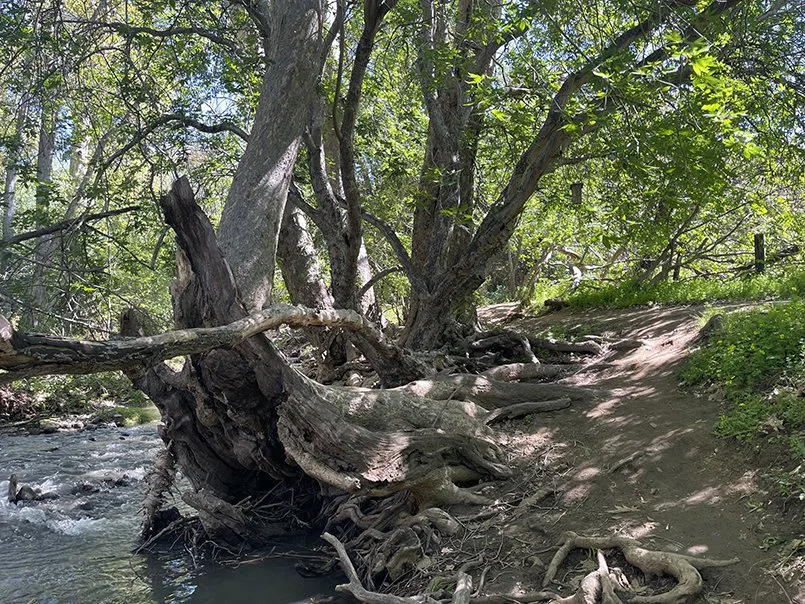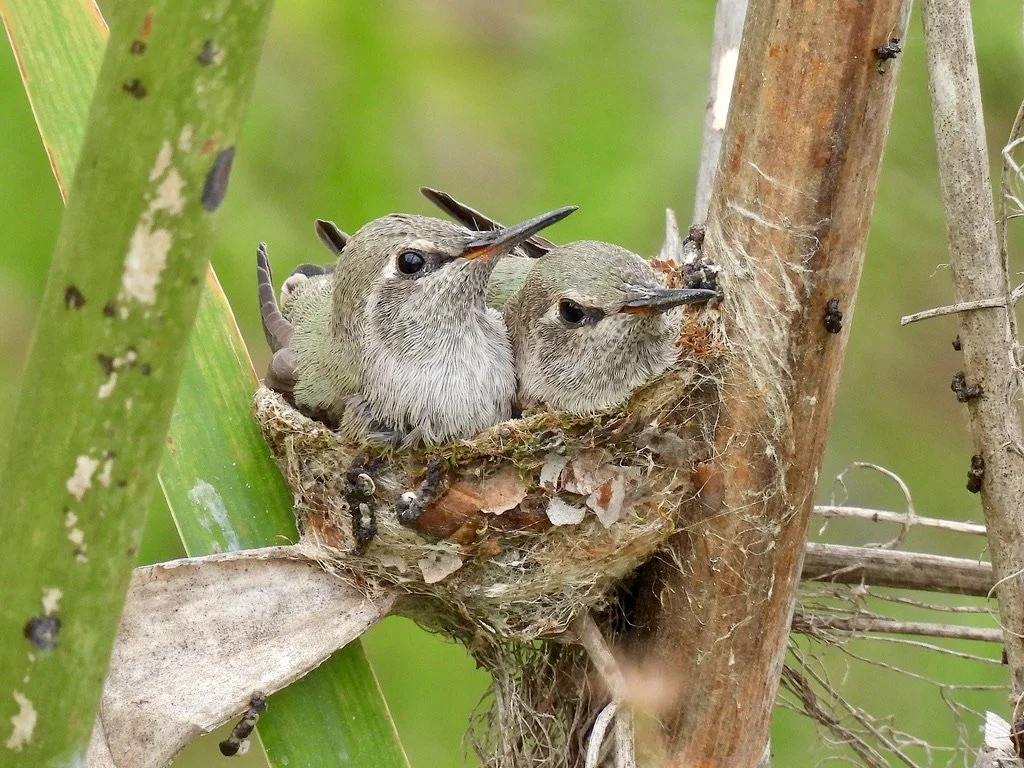Palo Alto’s Night Sky is Fading – Help Strengthen the Dark Sky Ordinance!
Palo Alto City Council will consider adopting a Dark Sky Ordinance on April 7th. The proposed draft ordinance is inadequate and does not address the impacts and concerns associated with light pollution. The proposed ordinance scope is so limited, that it exempts new lighting fixtures on existing buildings and structures, allows excessive light pollution spillage, and could even make things worse by failing to regulate replacements for outdated fixtures.
The proposed ordinance significantly weakens existing light trespass protections. Under the current ordinance, all properties are subject to a standard limiting light trespass to no more than 0.5 foot-candles at the property line. However, the proposed ordinance applies this restriction only to new buildings, major remodels, and lighting systems that require a permit. This means that existing properties would no longer be subject to any enforceable limits on light trespass.
As a result, if this proposal is adopted without change, an existing neighbor could legally install a bright or intrusive light—such as a strobe light—that shines into adjacent properties, without any violation of the ordinance. While good neighborly practices may help mitigate conflicts, this change removes an important safeguard that currently protects all residents from excessive and disruptive lighting.
This creates an uneven playing field where existing properties are exempt from regulations that apply to new developments, potentially leading to increased light pollution and nighttime disturbances in residential areas. Restoring citywide light trespass limits would help ensure that all residents, regardless of when their home was built or last renovated, are protected from intrusive lighting.
Artificial light at night harms environmental and human health
Studies show that even outdoor artificial light at night disrupts sleep, hormone regulation, and overall health. It’s linked to increased risks of breast and prostate cancer, diabetes, heart disease and mood disorders.
Light pollution also disrupts our natural environment. Artificial light at night disorients migrating birds, leading to collisions with buildings, exhaustion, and disrupted navigation. It also alters feeding, mating, and nesting behaviors, threatening bird populations. Light pollution also interferes with animal movement across the landscape and throws off the timing of key ecological processes and behaviors, like when migration or nesting starts, or flowers bloom and when pollinators emerge. decouples critical ecological synchronizations among species, such as time flowers bloom and the time pollinators emerge.
Furthermore, the proposed ordinance allows light spillage equivalent to 50 full moons—far too bright for a city committed to environmental health and sustainability. Our endangered snowy plovers avoid nesting at just 1% of this brightness!
Light pollution wastes energy. It is contrary to sound sustainability principles and to the primary directive of the dark sky of using light only where and when it is needed, at the lowest level needed, and not more.
And last but not least - Light pollution obscures the stars. Seeing the milky way has become a privilege!
What can you do?
The proposed ordinance applies only to new construction and major remodels. Please urge Mayor Lauing and City Council to:
Apply the ordinance to newly installed or replacement lighting fixtures on existing structures, as recommended by the Planning Commission.
Set appropriate lights-out (curfew) requirements for outdoor lighting to prevent unnecessary night-time lighting.
Prohibit light spillage into homes, parks, and open spaces.
Please note that this ordinance does not apply to street lights, and active enforcement is not expected. The ordinance provides a recourse to residents who are negatively impacted by light pollution.
Please write to the Palo Alto City Council to express your support for this ordinance and ask them to support the bullets listed above. If you have any experience with nuisance light shining through your window and affecting your quality of life, this would be a great opportunity to share your story!
Here is the Palo Alto City Council email address, which you can send your email to.
city.council@CityofPaloAlto.org
Here is an example:
To: city.council@CityofPaloAlto.org
Subject: Please protect our city from light pollution
Dear Mayor Lauing and Palo alto Councilmembers,
My Name is (enter your name and say a little about yourself and why you care)
Please strengthen the proposed Dark Sky Ordinance, Please ask city staff to
Apply the ordinance to newly installed or replacement lighting fixtures on existing structures, as recommended by the Planning Commission.
Set appropriate lights-out (curfew) requirements for outdoor lighting to prevent unnecessary night-time lighting.
Prohibit light spillage into homes, parks, and open spaces.
Thank you, [Your name]
You can join the City Council meeting via zoom or in person and give a brief 2-minute public comment:
VIRTUAL PARTICIPATION:
Meeting ID: 362 027 238
Phone:1(669)900-6833
Meeting Agenda: https://cityofpaloalto.primegov.com/Portal/Meeting?meetingTemplateId=16024
A dark sky is a shared heritage. Let’s bring back the stars, protect our health, and safeguard wildlife—starting with a stronger Dark Sky Ordinance!





